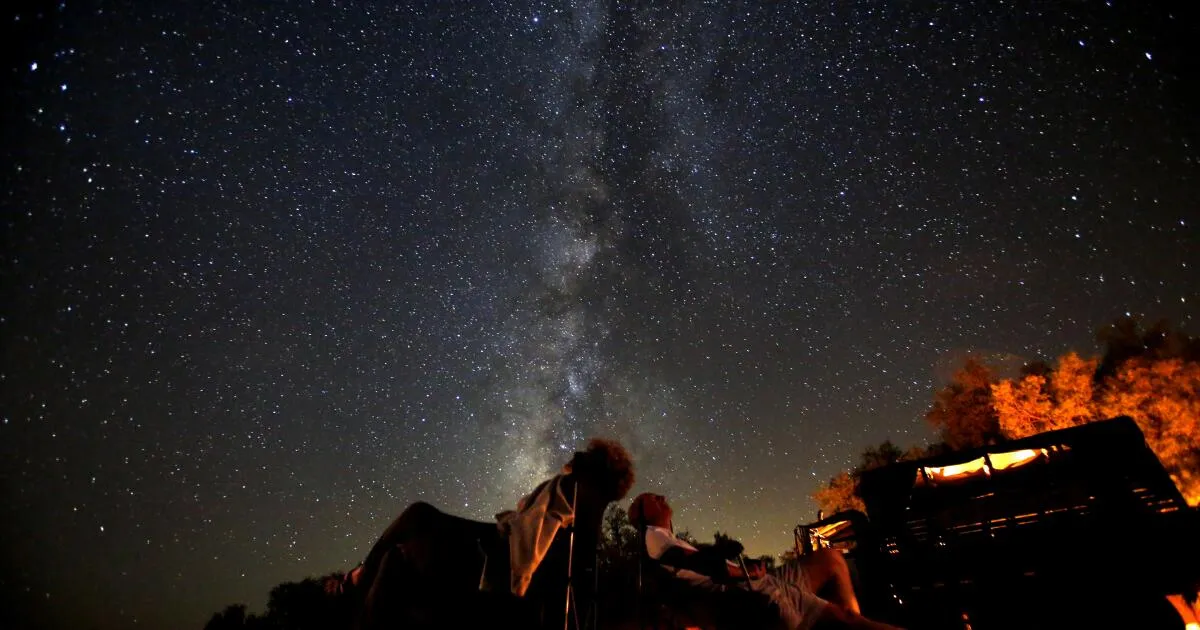
October is a month filled with breathtaking astronomical events, and this year is no exception. Los Angeles recently enjoyed the spectacle of a supermoon and dim meteor, but the excitement isn't over yet. Next week, stargazers can look forward to the arrival of the Orionid meteor shower, which promises to illuminate the night sky once again.
The Orionid meteor shower is a magnificent event caused by particles from Halley’s Comet disintegrating in the Earth’s atmosphere. As our planet orbits the sun and intersects the comet’s trajectory, these tiny particles burn up, creating a stunning display of light. NASA predicts that this year's meteor shower will be “spectacular,” making it a must-see for astronomy enthusiasts.
The name "Orionid" comes from the constellation Orion, which serves as a backdrop for this celestial event. For those eager to catch a glimpse of the meteors, Griffith Observatory suggests focusing on Orion’s raised club for the best viewing experience.
The Orionid meteor shower will continue until late November, but the peak viewing days are set for Monday and Tuesday. This peak coincides with the new moon, which reduces natural light and enhances visibility—though unfortunately, light pollution in Los Angeles can still pose a challenge. The darker the sky, the more meteors will be visible to the naked eye.
Orionids are particularly notable for their stunning glowing trails, which can linger for seconds or even minutes due to their incredible speed of approximately 41 miles per second, as noted by the American Meteor Society. Stargazers should keep an eye out for meteors emerging from the southeast in the early morning hours, typically until around 2 a.m.
To maximize your viewing experience, it's best to find a location away from light pollution, which affects much of Los Angeles. Fortunately, L.A. County offers several ideal stargazing spots. The iconic Griffith Observatory is a popular choice. However, be mindful that its public lawn will be closed until late November, although the viewing deck remains open, and the main observatory operates until 10 p.m.
For a more secluded experience, consider visiting Malibu Creek State Park, which features isolated campgrounds for serious stargazers and an upper parking lot for casual viewing. Another excellent option is Topanga State Park, nestled in the Santa Monica Mountains, where light interference is minimal.
Other noteworthy locations include turnouts along Templin Highway and the newly renovated Angeles Crest Highway within the Angeles National Forest. For those willing to embark on a longer drive, Anza-Borrego State Park is designated as a dark sky zone, while Joshua Tree National Park is renowned for its stunning night sky views. Both parks are approximately two and a half to three hours from downtown L.A., depending on traffic conditions.
As October unfolds, seize the opportunity to witness the mesmerizing Orionid meteor shower. With careful planning and the right location, you can enjoy a spectacular night filled with shooting stars. Grab your friends, find a dark spot, and look up—an unforgettable celestial show awaits!